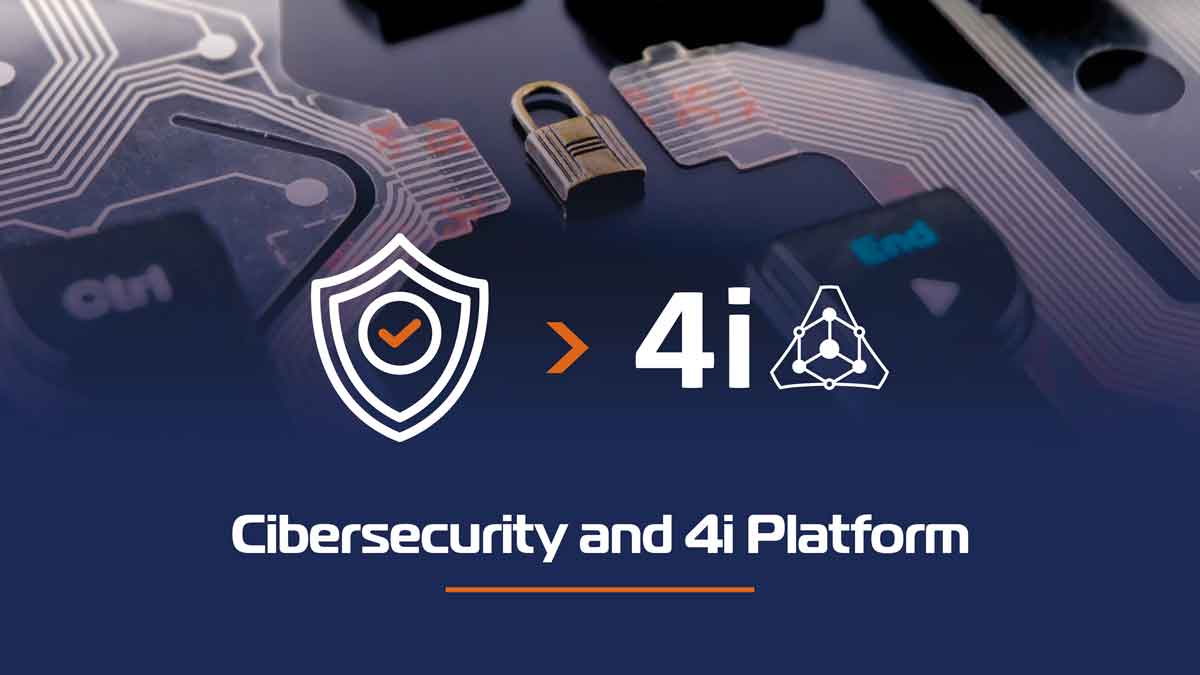A recent, somewhat alarmist, newspaper article warned that the lives of millions of people were at risk because of a cyberattack at one the largest hospital chains in the United States. Click-baity? Yes. But is this scenario a real risk? Definitely. Cybercrime is a real threat, especially now, with millions and millions of devices connected to the Internet. There is a close relation between IoT (the Internet of Things) and cybersecurity. Let’s see what the threats are and how we can protect our assets.
Cybersecurity Defined
Cybersecurity is the practice of protecting Internet-connected devices and software from the unauthorized use of electronic data. Therefore, individuals and businesses need protection against illegal access to computerized systems and data to prevent financial and personal losses.
IoT and Cybersecurity: Threats and Challenges
The main threat are the hackers, or cybercriminals, who carry out data breaches and use the data with malicious intent. According to McKinsey, cyberattacks on individuals, companies, and government agencies will cause about $10.5 trillion per year by 2025 in damages. As a result, $150 billion were spent on cybersecurity worldwide in 2021. But clearly, more must be done to keep up with cybercrime, like removing asset vulnerabilities that open the door to data breaches.
Some of the most common types of cyberattacks:
- Malware: malicious software that exploits vulnerabilities, like the user clicking on a link or attachment that installs dodgy software.
- Phishing: fraudulent communications that pretend to come from a reliable source. The aim is to steal sensitive information, like credit card numbers, or install malware.
- Man-in-the-Middle (MitM) attacks: hackers interrupt traffic between two sources to steal data.
- Denial-of-Service attacks: it saturates systems with traffic to the point that the system cannot fulfil legitimate requests. If multiple devices are compromised, this becomes a distributed-denial-of-service (DDoS) attack.
- DNS tunneling: it is a transactional protocol that silently extracts data or establishes a communication channel with an unidentified server.
IoT and Cybersecurity
The advent of the Internet of Things made life convenient for a lot of people. Later, the COVID-19 pandemic accelerated the adoption of devices on a large scale. Consequently, cybercrime grew on par with the digital economy. The more interconnected IoT devices are out there, the more opportunities arise for data breaches and attacks.
Every business should develop a thorough plan that includes all types of cybersecurity: critical infrastructure, application, network, cloud, and IoT security. Also, it should include the following factors: technology, process, and people, all of which play an important role.
Some of the security risks are down to the user, like using default passwords. Others include transmitting data as clear text, or a hacker taking over one device and using it to launch an attack on connected assets. Therefore, it is vital to implement a device management strategy that works. For example, in the case of IIoT, identifying each individual device is essential for replacing faulty ones or for updating firmware to prevent attacks.
Cloud security
Many businesses around the world store sensitive information in the cloud. However, even the cloud can be vulnerable to attacks. Data breaches can cause vast financial and reputational losses.
Among the factors that cause security breaches are insecure interfaces and APIs, unauthorized access that leads to accidental or intentional data tampering, and human errors.
How 4i Platform Protects Data and Devices
4i Platform provides hardware, software, and cloud services to acquire, store, and display data from manufacturing processes. We follow strict security protocols, and all internal traffic is encrypted. Also, we follow server security best practices, which makes our servers hard to hack. Likewise, all our data is disaggregated, so potential hackers will not be able to make sense of it in the rare event of a breach.
Additionally, our acquisition agents have read-only access making it impossible to change anything at the plant floor. We monitor the plant, which is connected directly to the cloud, but no information will go from the cloud to the plant. Our servers do not know the location of our agents, information is one way and it’s initiated on “the edge”. Therefore, potential hackers will never reach the plant.
